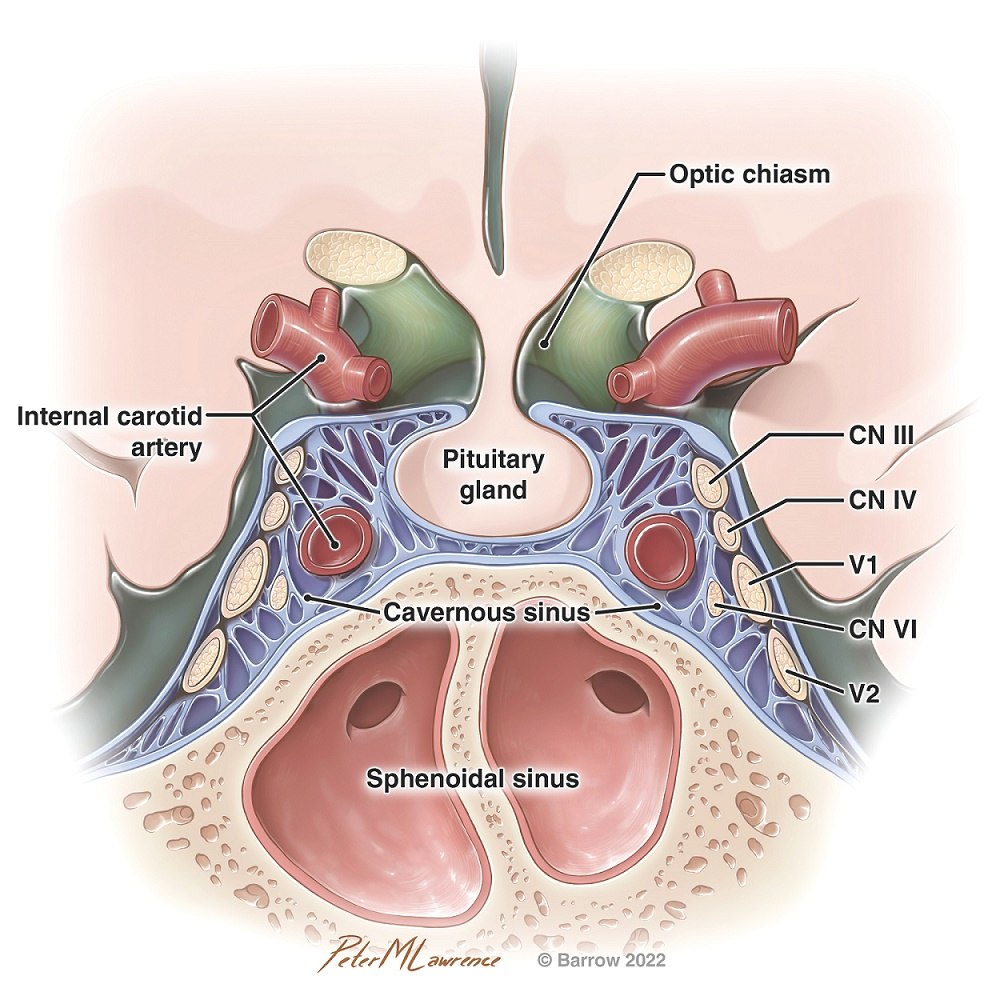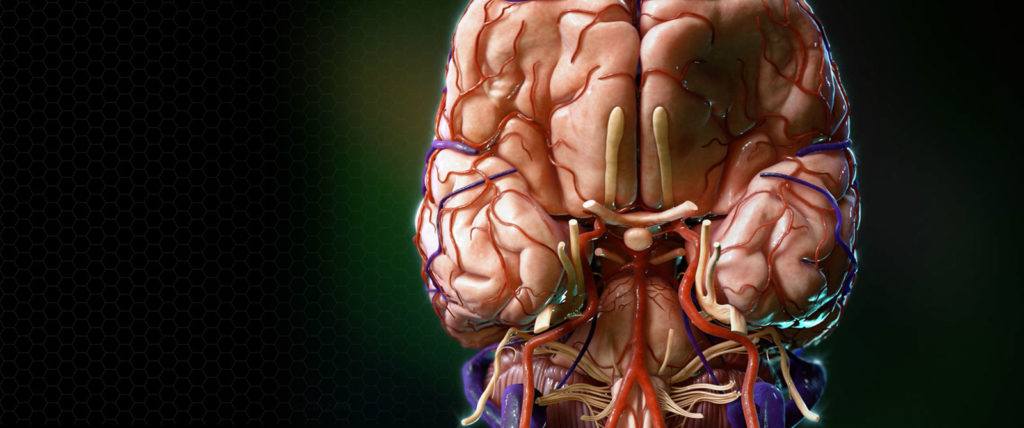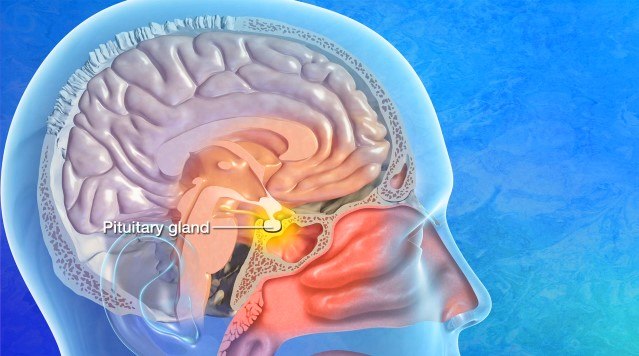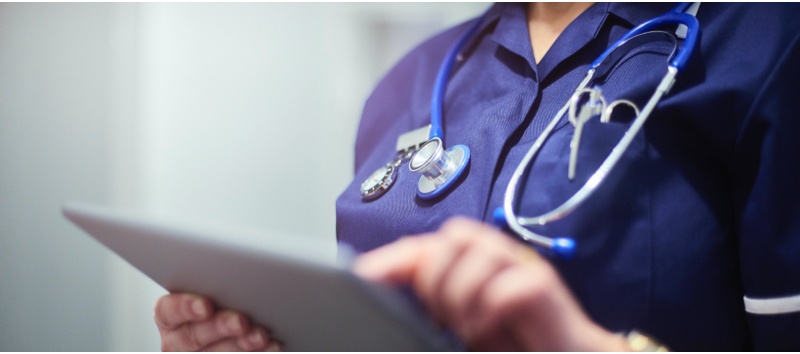
About the Pituitary Gland
Location of the Pituitary Gland
The pituitary gland is located at the base of the brain, behind the bridge of the nose. It is about one-half inch (1.25 cm) in diameter. The pituitary gland rests within a hollowed out area of the sphenoid bone called the sella turcica.

Function of the Pituitary Gland
The pituitary gland is referred to as the “master gland” because it monitors and regulates many bodily functions through the hormones that it produces, including:
- Growth and sexual/reproductive development and function
- Glands (thyroid gland, adrenal glands, and gonads)
- Organs (kidneys, uterus, and breasts)
The pituitary gland is connected by a stalk to a part of the brain called the hypothalamus. Together, the brain and pituitary gland form the neuroendocrine system. This system constantly monitors glands and organs to determine whether to send or to stop the chemical messengers (hormones) that control their functions.
Learn more about the Barrow Pituitary Center – what we treat, treatments/procedures and to find a Pituitary specialist.

Anatomy of the Pituitary Gland
The pituitary has two lobes, the anterior and the posterior lobe. Each of the two lobes of the pituitary gland contains different types of cells and produces different types of hormones.
The anterior lobe makes up about 80% of the pituitary gland. It regulates growth, metabolism, and reproduction through the hormones that it produces. The production of these hormones is either stimulated or inhibited by chemical messages sent from the hypothalamus to the pituitary.
- Human growth hormone (HGH or GH)
- Thyroid-stimulating hormone (TSH)
- Adrenocorticotrophin hormone (ATCH)
- Follicle-stimulating hormone (FSH)
- luteinizing hormone (LH)
- prolactin
The posterior lobe produces two hormones, vasopressin and oxytocin. These hormones are released when the hypothalamus sends messages to the pituitary gland through nerve cells.
- Vasopressin is also known as antidiuretic hormone (ADH). It acts on the kidney to conserve water and is important in fluid and electrolyte balance.
- Oxytocin stimulates the contraction of the smooth muscles of the uterus, which is important during childbirth. Oxytocin also contracts the smooth muscle of the breast for milk production.
Pituitary Gland Videos







